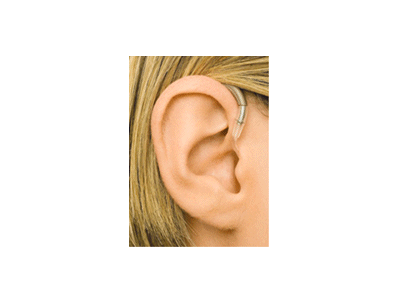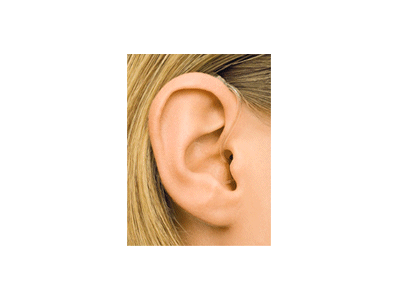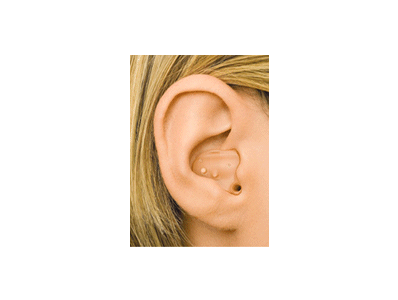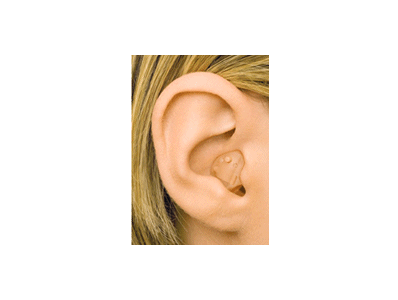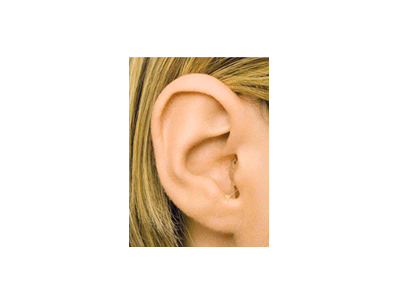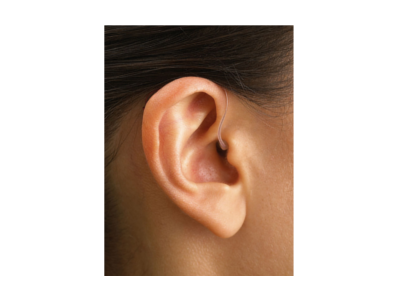What Will Happen During Your Visit?
CONGRATULATIONS!By making today's appointment to seek help, you've accomplished the most important and maybe most difficult step on your way to better hearing.
LISTENING.We need to know your thoughts and feelings about your hearing, how it affects your life, and your expectations about possible solutions.
EXAMINATION.Usting the latest technology, we'll perform a thorough examination of your ears for any phusical condition that might be cause for further medical evaluation.
TESTING.Based on the examination, we'll likely perform a variety of hearing tests. Your response to tones, words, and other stimuli will help us quantify your hearing range.
RECOMMENDATION.After a detailed explanation of exam and test results, we'll recommend the most appropriate coure of action a rehabilitation process.
FITTING.If our recommendation includes hearing instruments, we'll likely begin the fitting process by making molds of your ears for the customized part of the instruments.
Great (and realistic) Expectations.
PATIENCE AND PRACTICE, PART ONE.Don't expect too much too soon. Relearning to hear with amplification takes time and a willingness to practice hearing and listening skills you probably haven't used in years.
SOUND QUALITY.Your instruments amplify the specific frequencies you need for better understanding. Many sounds, like your own voice will sound different until you get used to amplified sound.
A GOOD FIT.Minor phusical sensitivity may occur in the first days as your ears get used to their new occupants. Let us know if you experience persistent irritation or inflammation.
TAKE GOOD CARE.Your instruments must function in hot, moist, and oily conditions surrounded by hostile substances. Proper maintenance and daily cleaning are vital to their long tern survival.
PATIENCE AND PRACTICE, PART TWO.Your instruments' controls and batteries are smalled than oher regularly handled items. Insertio, removal, adjustment and changing batteries will take practice, too.
THE RIGHT ATTITUDE.Other' experiences with amplification, - good or bad - has no bearing on your success. Your positive attitude and commitment are the most important part of better hearing.
WHAT HEARING INSTRUMENTS?Our hope is that your instruments' become so comfortable and effective that you'll actually find yourself forgetting that you have them on!
5 Steps to Better Hearing With Hearing Aids.
Admit you have a permanent hearing problem.
Make a personal choice to seek help with a positive attitude.
Learn all that you can about your hearing loss.
Set realistic expectations regarding your hearing instruments.
Practice, time, and patience are key to your success.
